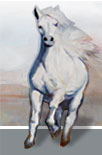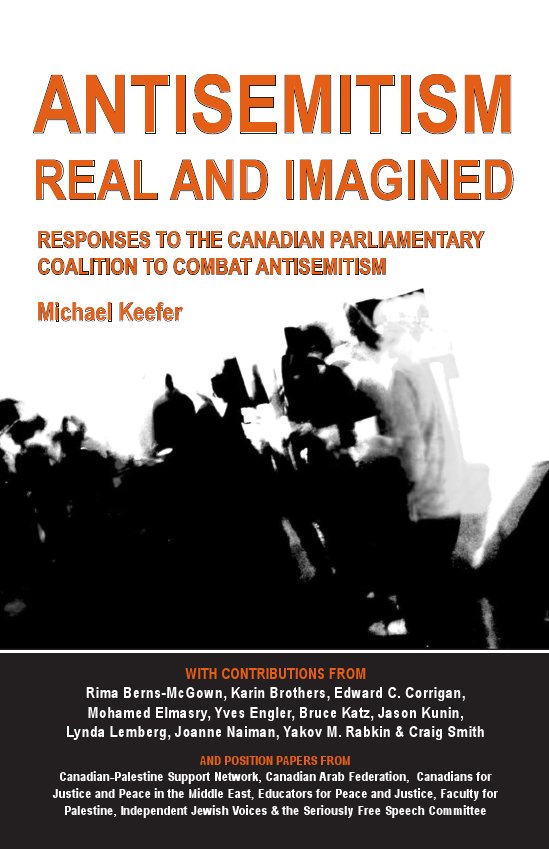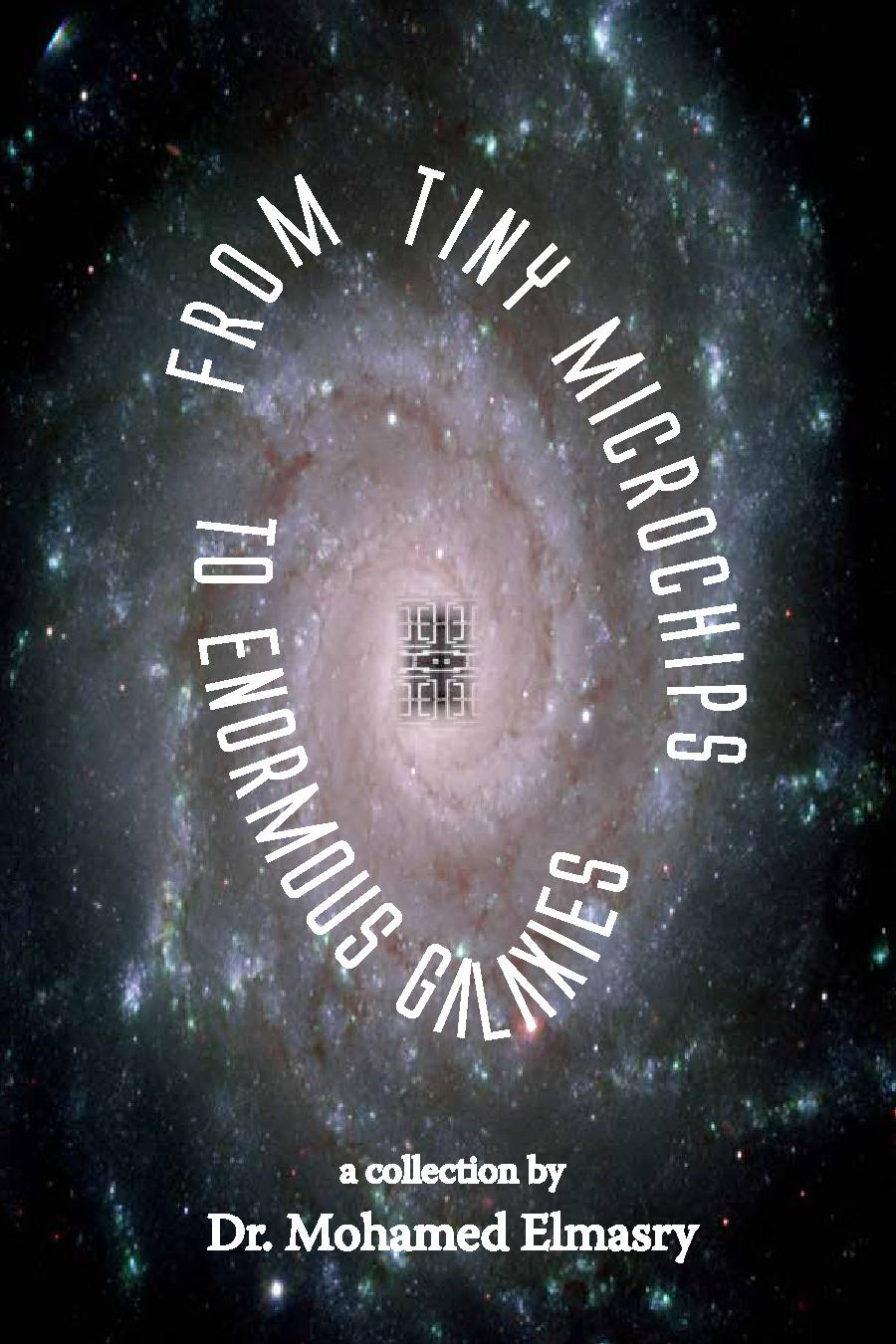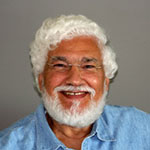August 22, 2019
Ancient Egyptian Songs Live Again
I have long been interested in ancient Egyptian music, the songs, dancing and instrumentals one can still see beautifully recorded on 5,000-year-old paintings that adorn the walls of temples and tombs.
But what I’ve most longed for is to actually hear that music as my ancestors might have.
You might assume this is an impossible dream, for there were no audio recording devices in Egypt or anywhere else on earth so many millennia ago. But recently, I came as close as one possibly could to experiencing ancient Egyptian song.
And the performer was Peter Pringle, originally from Nova Scotia, where my children have their roots on their mother’s side.
The arts – painting, song, dance, sculpture, ceramics, and gold-smithing, among many others – as well as leisure and sports activities, were much further advanced in ancient Egypt than in surrounding civilizations.
This creative abundance was due in large part to the Nile River, whose waters and rich fertile sediments assured Egyptians of food security and reliable transportation, which in turn provided them with ample opportunities to enjoy life.
Sunny days, calm weather, and quiet nights inspired poets, artists, and composers to expand their creative potential. A stable, efficient central government and strong army, both firsts in the ancient world, offered structure and security.
Egypt’s geography, bordering on two seas – the Mediterranean to the north, and the Red Sea to the east – as well as the vast and forbidding western Sahara Desert, all provided natural barriers against invaders.
As Egyptologist Dr. Joyce Tyldesley explains, “Egypt's geography encouraged a highly distinctive and decidedly self-restrained culture. Artists were resistant, rejecting foreign influences and seeking instead inspiration from their own country.”
Tyldesley has written widely for both adults and children about ancient Egypt. Her Tutankhamen was awarded the 2014 Archaeological Institute of America Book Award.
Music, singing, and dancing were performed in many contexts, including religious festivals, funerals, royal coronations, dinner parties, weddings, courting rituals, and victory celebrations.
In everyday circumstances, it was also common for laborers to sing in groups while they worked. People would also sing or play music to cheer up sick relatives and friends, another purpose for which music is still a much-loved therapy and reassurance.
The universality and widespread love of music in ancient Egypt, along with Egyptians’ unique sense of humor, were well-illustrated in paintings and are still deeply enmeshed in Egyptian culture today. One papyrus shows a musical band in which the instruments are played by a donkey, a lion, a crocodile, and a monkey. And of course, symbolism was abundant.
Ancient Egyptian musical instruments included winds, of which the oldest seems to be the flute, made of reed, or metal and in different lengths to produce higher or lower pitches. Other wind instruments were made to be blown with vibrating reeds, much like today’s clarinets. Both were perforated with simple finger-holes, rather than complex key mechanisms.
But the most common instruments, depicted in stunning, stylistically precise paintings, and often played by beautiful women, are instruments of the string family.
These included harps of many sizes, and the lute (or òud), an early round- or oval-bodied version of the guitar.
To keep the beat, ancient Egyptian musicians used percussion instruments, most commonly ones that were tapped (like the shallow skin-covered bowls called nakir) or shaken, like rattles. Large tubular drums as we know them, were less common.
Egyptians sang, and they still do, at nearly every public occasion. Song lyrics were about God, their country, nature, the moon, sun, night, desert, and, of course, about lost (and sometimes found) love.
A classic anthology, The Literature of Ancient Egypt (Yale University Press, 1973) contains a wealth of songs, poetry, and hymns. Here are some favorite examples of what I found there.
Words to a song of the sun: Awake in peace, you Cleansed One. You slept in the boat on the Nile. You're awake in the morning. You soar above other gods. There is no other god that soars over you.
And from another one, to the Nile: Praise to you, O Nile that comes forth from the far Earth, to nourish us. That gives drink to the Desert, giving us corn and fish, barley and wheat, creating all things good.
A typical love song: My soul is full of love to you. Like salt dipped in water. So, hurry. My heart cannot be far from your beauty.
Here is a poignant sung prayer: Be not unaware of me, O God. If you know me, I will know you. Be not unaware of me, O God.
And finally, a vocal paean of praise that greeted the Pharaoh when he visited a town near the capital of Memphis: Our King is (like) a cool place that lets everyone sleep till daybreak. He is a mountain that wards off storm at the time of tempest. He is a dam that holds back rivers against floodwaters.
One can only imagine how moving these words must have sounded when sung with accompanying instruments.
These songs, and literature in general, were so valued to ancient Egyptians that we can still read in an old papyrus: “A man has perished, and his corpse has become dust … but his writings cause him to be remembered in the mouths of storytellers.”
Now, a little more about singer-songwriter, composer, and actor, Peter Pringle.
He was born in Halifax in 1945 and at just six years of age, was chosen to be a boy soprano in the Canadian Opera Company Children’s Chorus. Later, he studied at the University of Toronto and became one of very few Canadian singers to have pursued a career in both French and English.
Legendary singer Anne Murray, also from Nova Scotia, has covered and recorded several of his songs, including “Please Don’t Sell Nova Scotia,” “Drown Me,” and “Honey, Wheat and Laughter.”
Pringle wrote half the songs on his album Rain upon the Sea (1981). His singles, including “I Could Have Been a Sailor,” “You Really Got Me Needing You,” and “It Just Occurred to Me,” were major hits. He was nominated for Juno awards in 1978 and 1982.
But what especially endears Peter to my heart is that he became fascinated by ancient Egyptian music and visited my birth country to learn more and study its notation and performance techniques, which are much different from Western harmony.
As a result of his immersion in this ancient culture, he released a number of YouTube videos of his performances. Please enjoy the link below, where he plays his own hand-crafted recreation of a harp-like instrument on which he accompanies himself singing an ancient Egyptian song.
I hope it moves you as much as it did me. My ears and soul travelled back in time, hearing the magical voices of my ancestors.
https://www.youtube.com/watch?v=ntnBuQAvFjA
Egyptian-born Dr. Mohamed Elmasry is professor of Computer Engineering at the University of Waterloo.








